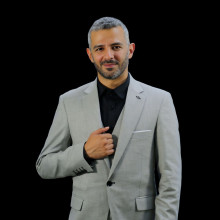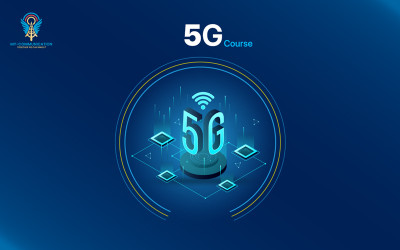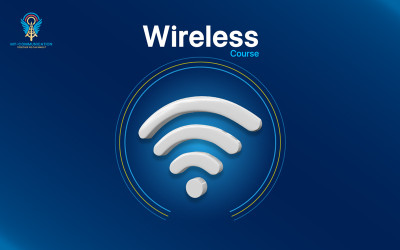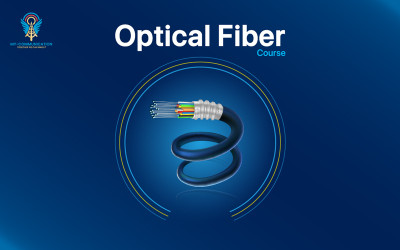Ibrahim Ibrahim
Eng. Ibrahim is a distinguished expert in telecommunications engineering, with more than 16 years of experience in the design and planning of telecommunications networks.
Eng. Ibrahim is a distinguished expert in telecommunications engineering, with more than 16 years of experience in the design and planning of telecommunications networks, including wireless networks, fiber optics, and microwave technologies. He led strategic projects with leading companies such as Huawei, and contributed to the implementation of DWDM networks and IBS/DAS systems. He has in-depth technical insight and professional management skills, and uses tools like iBwave Designer efficiently. He oversees technical solutions in Saudi Arabia and is considered a trusted reference in the industry.EXPERIENCE
Company Name: stc
Optical transport design advisor DWDM Consultant | Jul 2025 - Present · • Designed and implemented optical transport networks for DWDM and SDH, enhancing capacity and reliability. • Led migration and expansion projects, integrating existing networks with new initiatives to optimize pe
rformance.
• Collaborated with cross-functional teams to ensure seamless project execution,
resulting in improved service delivery.
• Contributed to stc's growth in the telecommunications sector, reinforcing its
position as a market leader in Saudi Arabia.
Company Name: Detasad
Dwdm Network Architecture Consultant
Network Consultant | Jun 2023 –August 2 025 • Provided technical oversight in IP/MPLS and DWDM projects.• Ensured quality assurance and that all components meet quality standards.• Prepared the RFP for complete solutions and projects.• Interviewed vendors and evaluated solutions to propose the best options.• Supervised on-site acceptance testing (ATP).• Analyzed and coordinated network design and solutions with account managers.• Managed and administered technical issues for customers as part of a team.Company Name: HuaweiTechnical Director | 2019 - 2023• Leading DWDM LH/Metro projects for STC optical transmission (more than 1350nodes) and Zain optical transmission (more than 460 nodes).• Assisted with the preparation and control of production budgets; maintainedinventory and ordered specialized supplies.• Led technical week rehearsals to supervise and assist in the technical aspects ofmounting shows.• Maintained accurate documentation of project progress.CERTIFICATIONS• PMP, RMP, SP from PMI – Certified Project Manager• iBwave L1, L2, and L3 (Certified)• 5G HCIA/HCIP (Huawei)• Wireless 2G/3G (Nokia) / 4G HCIA (Huawei)• GSM Expert (Ericsson)• Fixed Transmission (DWDM) (TX) (HCIA)• Cybersecurity (Huawei)• 3G/LTE Optimization (CommScope)• Train the Trainer (TTT) Huawei• PCC (Huawei)• Train the Trainer Certification• Network Products Hardware Installation Certification• Preposition Maintenance Certification• Single DAS and Campsite Certification from Huawei China




